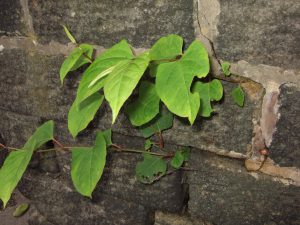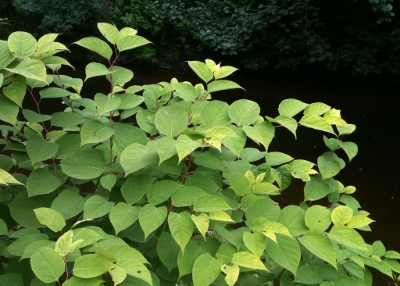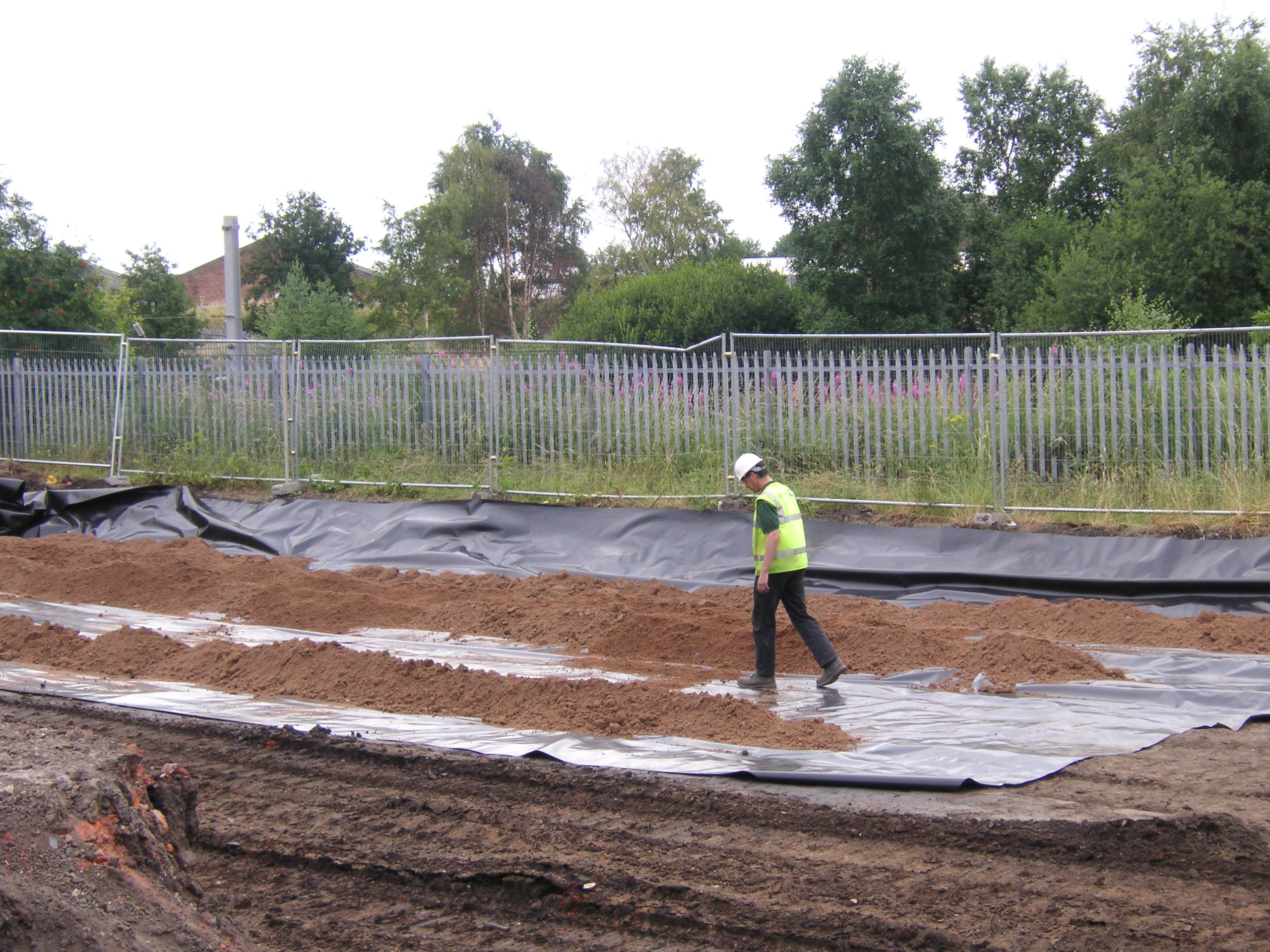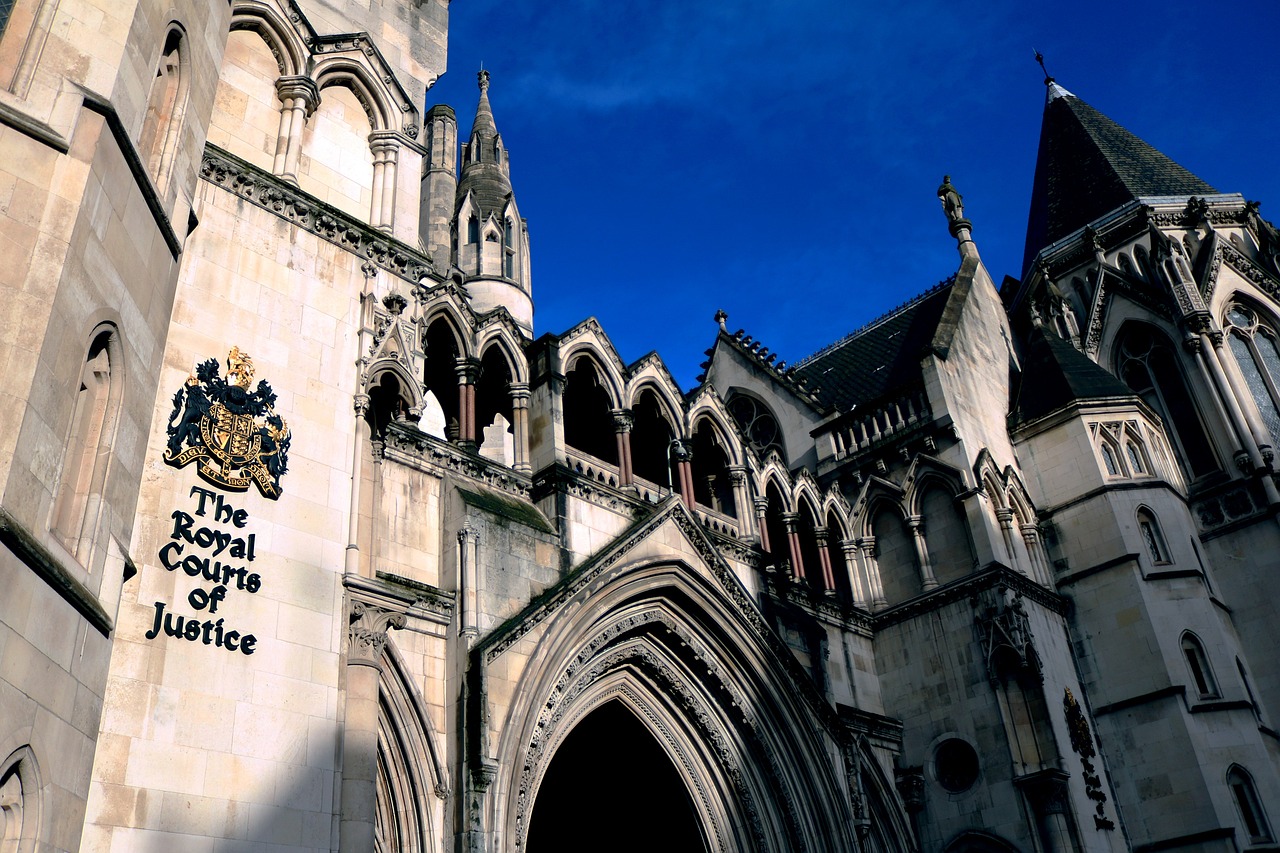What does Japanese knotweed do to a house?
06-06-2019
Last updated 10-07-2024
It’s often quoted that Japanese knotweed causes damage to housing and there have been some alarming stories in the press that seem to reinforce this. However, the reality is that while knotweed is a problem you definitely do not want to have, it rarely causes the significant physical damage to built structures that is often attributed to it.
So, if it’s unlikely to knock down or damage your home, why is it still considered such a property risk?
In this blog post, we explore the question: what does Japanese knotweed do to a house?
Can Japanese knotweed damage your house?
Japanese knotweed can damage your house. However, this is very rare and it’s usually the same type of damage that many other fast-growing plants, like bamboo, can cause. Building foundations and walls tend to be more solidly constructed with fewer cracks or gaps.
Certain plants that are capable of causing structural damage to buildings do this by growing between small gaps and exerting sideways pressure on the built elements, prising them apart as the roots expand and grow. Loose areas of paving, stone, tarmac and joints between concrete slabs are particularly prone to damage.
Most woody species, like trees, cause structural damage similar to or worse than that caused by knotweed if the plants are not controlled. And herein lies the problem; as knotweed can grow so fast (sometimes up to 10cm per day), it can quickly get out of control, which can, in turn, lead to damage to vulnerable structures.
Damage from knotweed that affects the structural integrity of buildings is therefore quite rare, and when it does happen the affected properties are usually already dilapidated or significantly neglected. Due to its deep and lengthy rhizomes (roots), knotweed can sometimes grow under the foundations of a house and pop up inside, through gaps in floors or skirting boards.
As ancillary buildings like outhouses, sheds and greenhouses are often less sturdy and less well maintained, they can be affected more significantly by knotweed growing around and/or through them. Paved surfaces, drains and poorly built garden walls are also generally more at risk of being damaged by knotweed.
Should I be worried if my neighbour has Japanese knotweed?
You should be worried if you see knotweed on your neighbour’s property, particularly if it is within a few metres of your boundary. The rhizomes (roots) could already be growing onto your land.
Mortgage providers will take note of any knotweed close to a property, and it could affect their lending decisions.
Can I sue my neighbour for Japanese knotweed?
Yes, you can sue your neighbour if knotweed from their property is encroaching onto yours.
There is a burgeoning knotweed litigation market dealing with this issue, and there are many ‘wheelbarrow-chasing’ law firms who will be only too happy to take on new cases.
Most of these firms will work on a ‘no-win, no-fee’ basis, making them attractive prospects to many homeowners whose properties have been put at risk by knotweed encroaching from their neighbours.
Is it wise to buy a house with Japanese knotweed?
Entering a property transaction where the property is affected by knotweed can be fine, as long as you enter into the transaction with your eyes open to the risk, and with there being an appropriate treatment plan in place.
Knotweed risk will obviously be different for different types of property and different scales of knotweed infestation. A large country house with a small area of knotweed in a flowerbed will likely have less of an impact than a small terraced house with a large knotweed bush growing from the base of a wall.
Both scenarios can be effectively treated, and the risk effectively managed by appropriate guarantees. However, the larger infestation on the smaller property will likely cost more to put right and might have a greater impact on the value of the property.
It is important to get good advice from a property professional during the conveyancing period of a property transaction.
Is it hard to sell a house with Japanese knotweed?
It can be tricky, but most mortgage providers will lend on knotweed affected property. However, there usually needs to be a suitable treatment plan put in place by an appropriately qualified contractor, and this needs to be protected by an insurance backed guarantee.
This often satisfies most potential purchasers, but there will always be one or two who remain unreasonably spooked by the spectre of knotweed, and these might never be convinced to alter their purchasing decisions.
The important thing to do is to ensure that the presence of knotweed is declared during the sale of a property, and that measures to properly treat it are put in place as soon as possible.
How does Japanese knotweed affect property value?
Knotweed most usually affects property value by simply putting off prospective buyers.
This ‘blighting’ effect is caused by the perceived risk knotweed causes to property, rather than any actual risk of it damaging the structure of a building. Nevertheless, this perceived risk can have a significant impact on a buyer’s decision to purchase a property that’s affected by knotweed.
It is therefore important that the presence of knotweed is openly disclosed during a property transaction and that measures are put in place to properly deal with it.
Does Japanese knotweed spread easily?
Japanese knotweed spreads very easily. However, it almost never grows from seed.
The main way it spreads is when small pieces of rhizome (root) are moved in contaminated soil, waste or building materials, from one site to another. As the rhizomes can grow several metres underground from the aboveground stems, it’s easy to fragment and pick up small pieces of rhizome by digging or disturbing the ground nearby.
If these contaminated materials are moved elsewhere, it can cause new knotweed plants to emerge at these new locations.
Impact of Japanese knotweed on biodiversity
As knotweed did not evolve in balance with its ecosystem in the UK (which, incidentally, is why it is a problem here and why it’s not a problem in its native Japan), there are almost no animals or plants associated with it.
This means nothing eats it, or lives on it or within it. It also grows into thick stands of bamboo-like stems that are so dense that they prevent anything growing underneath them.
If you have a lot of knotweed, you therefore probably have a lot of not much else.
Financial impact of knotweed on houses
The financial implications have become by far the greatest impact of knotweed. The reluctance of some lenders to provide mortgages to knotweed-affected properties, and the blighting effect that causes prospective buyers’ purchasing decisions to be swayed, can have significant financial implications (read this article on the potential cost implications caused by knotweed).
Legal risks of knotweed on a property
With the risks of such costs come the inevitable litigation to recover damages when house sales fall through and property value is diminished by the presence of knotweed. Although the vast majority of such cases settle out of court, those that go all the way to a judgement have made the headlines (e.g. this landmark case against Network Rail).
So although the law of tort is the more significant legal mechanism with regard to knotweed, criminal prosecutions are possible too, although much rarer. Allowing knotweed to spread into the wild is a crime under the Wildlife and Countryside Act (as amended) and you could have a Community Protection Notice served on you if you allow your knotweed to sufficiently affect your neighbours (learn about Japanese Knotweed legislation here).
Knotweed Removal & Treatment
Although the physical harm and damage that can be caused by knotweed is relatively rare, particularly on well-maintained properties, the financial and legal risks can be significant.
Property risks from knotweed cannot therefore be ignored. If you are concerned that you might have knotweed on your property or be affected by it on adjacent property, then you must do something about it. Failure to get the problem assessed and treated in a manner that will mitigate the risks could result in hefty damage costs (as this surveyor recently found) or other legal action (as this Bristol firm found).
Whatever your concerns or clear requirements are, if you are worried about the potential impact of knotweed on your home or other property and would like guidance on identifying Japanese knotweed or plants that look like Japanese knotweed. We also provide advice on Japanese knotweed surveys and Japanese knotweed removal; please contact us for a chat. We’d be very happy to help.




